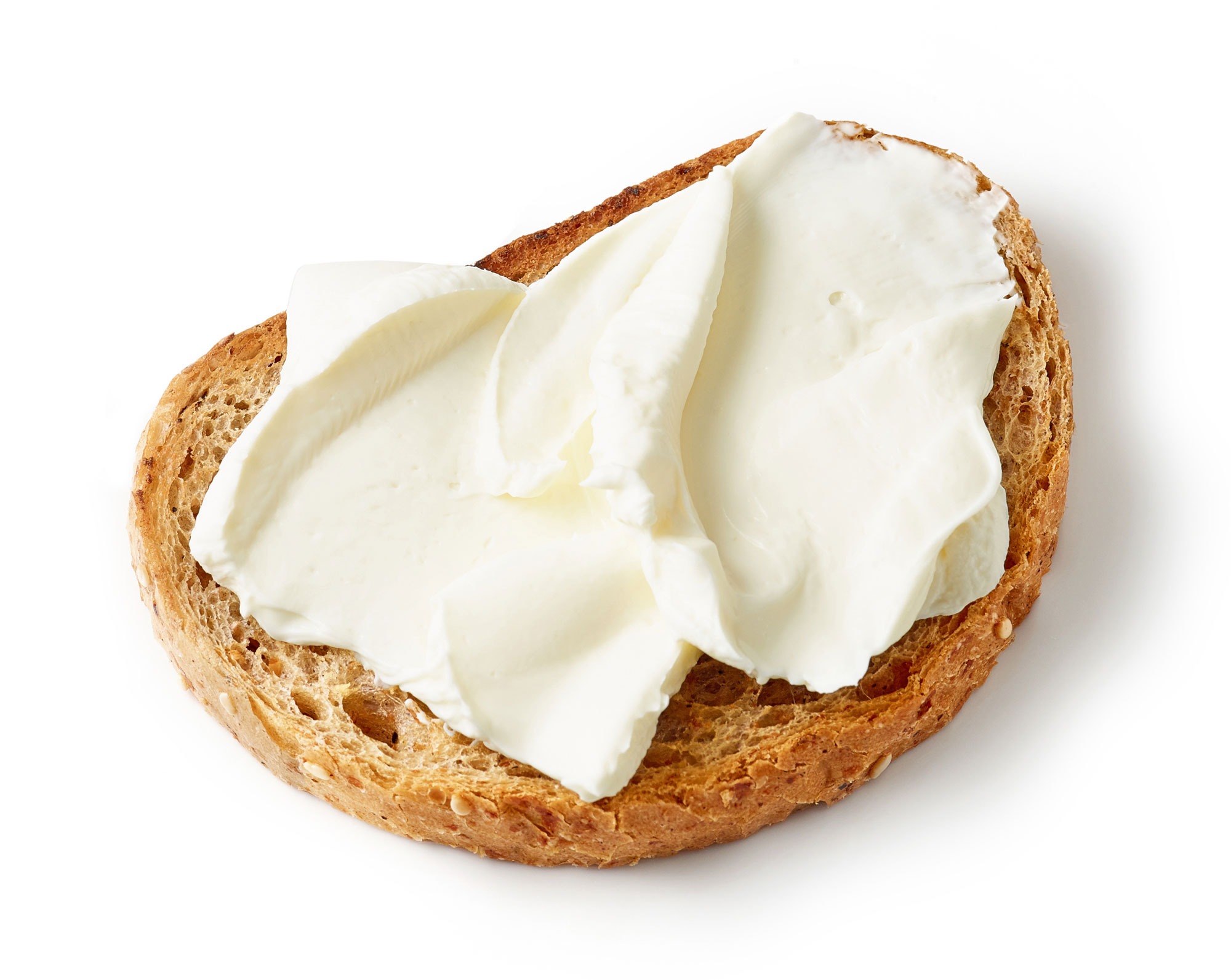Cream cheese is made from one or more types of cheese, along with additives such as stabilizers and emulsifiers. These ingredients are mixed, and vacuum cooked, then poured into molds for cooling before packaging. Cooling is a critical step in the production of cream cheese and typically occurs in two phases. Proper cooling ensures a white, smooth, soft texture free from bacteria, lumps, and mold.
The system installed by Clauger reduced the normal two-phase cooling process into a single phase before palletization-after the products are packaged. Our solution dropped the product temperature from 175°F (80°C) to below 104°F (40°C) in 30-60 minutes, depending on the product recipe.
Typically, cream cheese is packaged at 65°C to 70°C and cooled to 40°F. After the first cooling phase, the cheese is then maintained at the target temperature for 15-30 minutes during a ‘slow cooling’ step. The cheese is then stored at a temperature of 40°F until shipping.
Clauger installed an SMO spiral cooler for this project to streamline and optimize the different cooling phases. The spiral cooler uses direct drive technology to manage the belt system and line stops. This manufacturing site operates year-round, 24 hours a day, 6 days a week, with frequent line interruptions.
Clauger designed this system with free cooling integrated as a function to optimize energy costs. Clauger also installed an ammonia to glycol system (28°F/35°F) using a low-charge Clauger Skid.
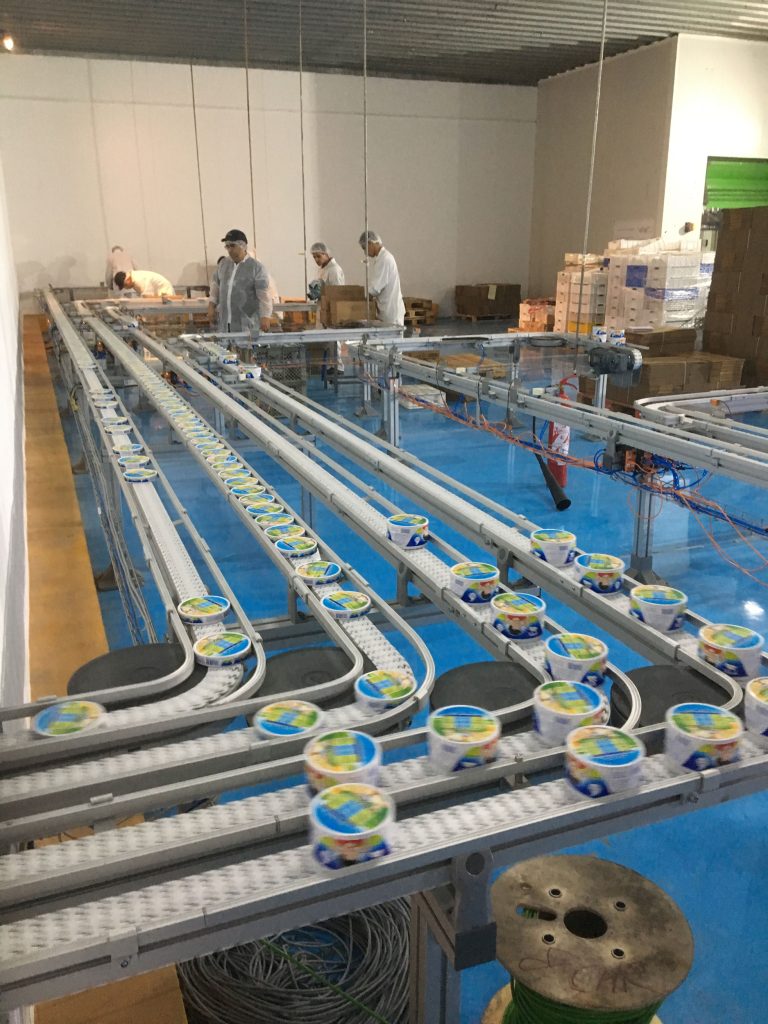
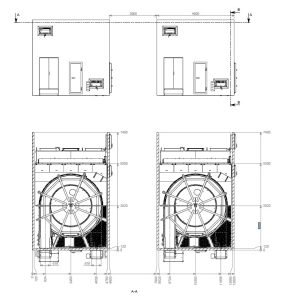
Latest articles
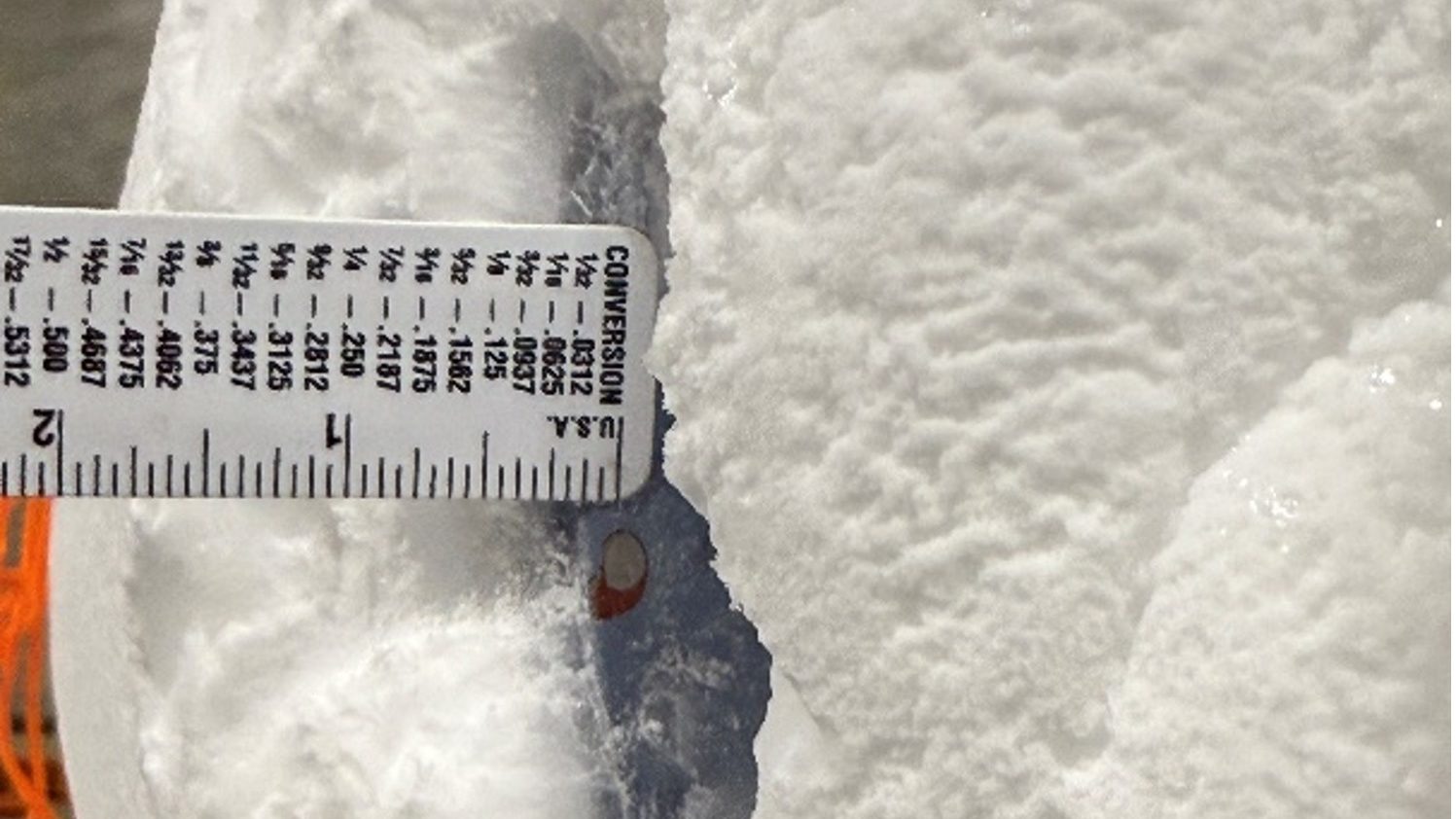
Excessive ice buildup can create safety hazards, reduce system efficiency, and lead to regulatory citations. Clauger’s latest white paper outlines

To watch or rewatch the Elo Energie webinar organized in partnership with Process Alimentaire on the intelligent collaborative factory, committing
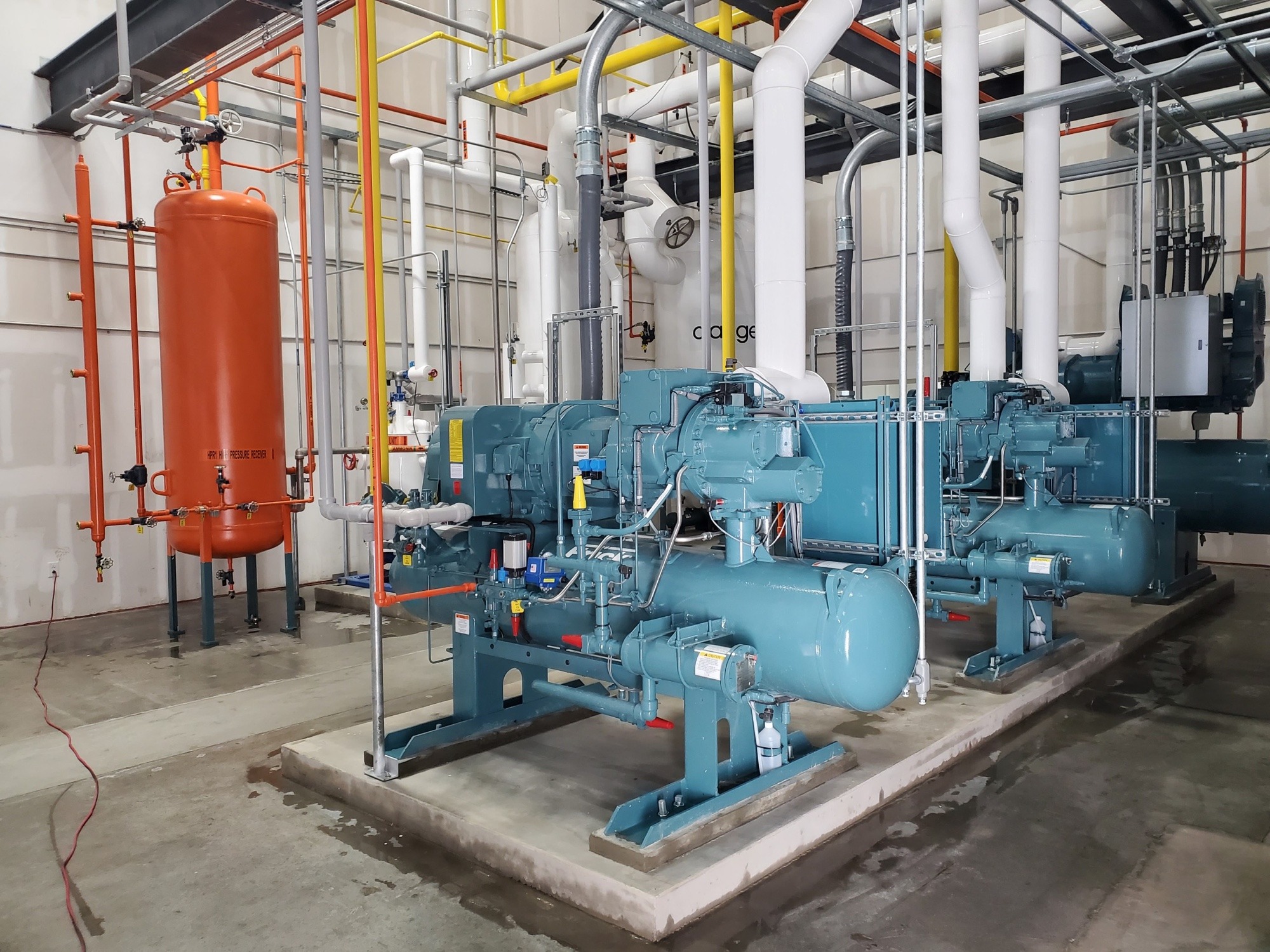
[Jacksonville, FL] – [July 31st, 2024] – Clauger is excited to announce the release of our latest white paper, “Understanding
- #Alternative proteins
- –
- #bakery
- –
- #canada
- –
- #cheese
- –
- #chemistry
- –
- #chile
- –
- #china
- –
- #colombia
- –
- #dairy
- –
- #e-streaming
- –
- #Eficiencia Energetica
- –
- #france
- –
- #fruit-vegetables
- –
- #italy
- –
- #jobs
- –
- #logistics
- –
- #Marine
- –
- #meat-poultry
- –
- #methanization
- –
- #Methanization-Biogas
- –
- #mexico
- –
- #Mexico-EN
- –
- #Midlle-East
- –
- #myclaugerdetect
- –
- #pharmaceutical
- –
- #Prepared foods
- –
- #process-gas-energy
- –
- #PSM
- –
- #Refrigerantes naturales
- –
- #RSE
- –
- #russia
- –
- #service
- –
- #Service
- –
- #Skid
- –
- #smo
- –
- #spain
- –
- #swiss
- –
- #United States
- –
- #united-states
- –
- #values
